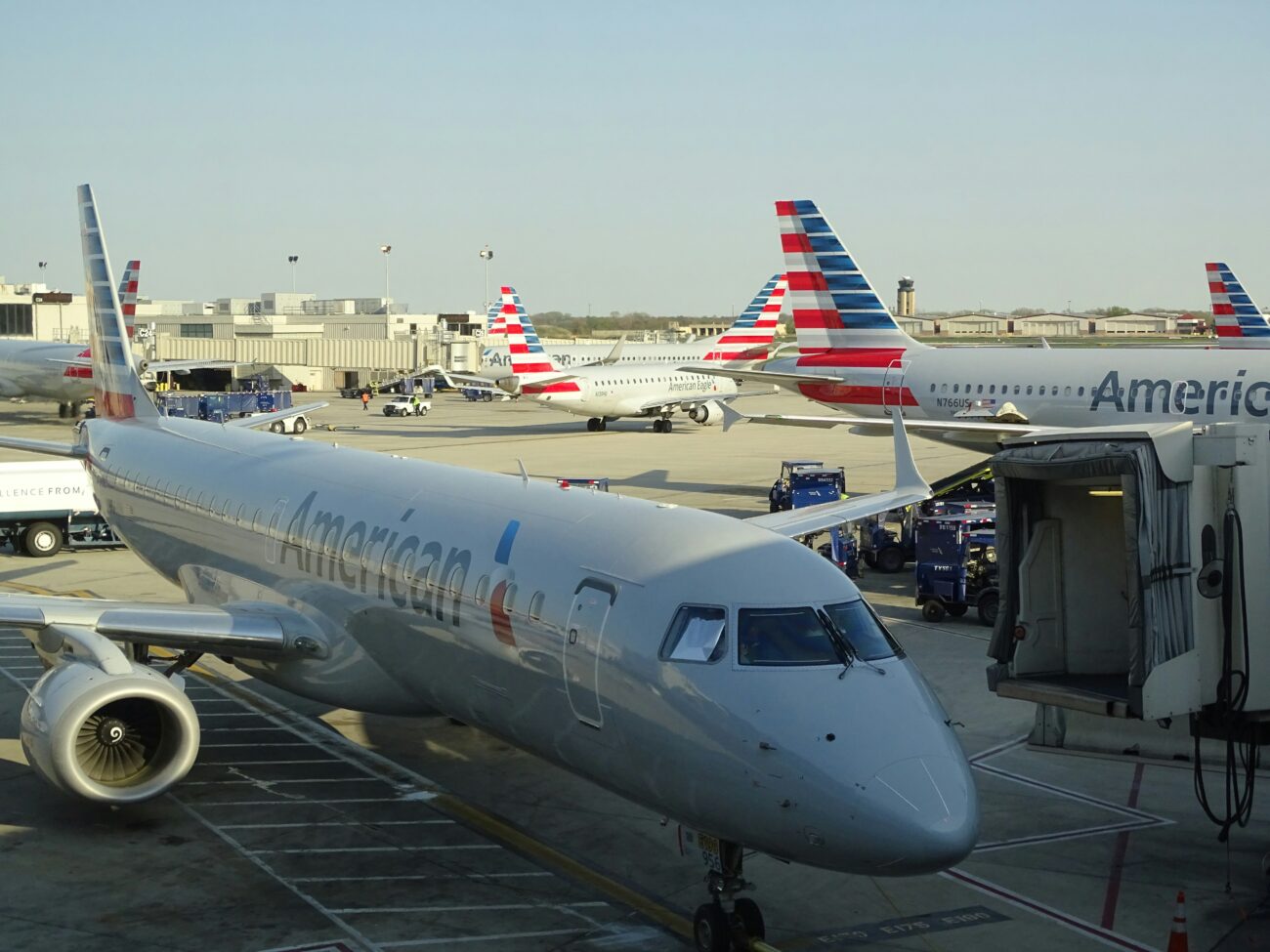American Airlines is one the most well-known airlines in the world. Last year, they flew an astonishing 248.7 million passengers, making it not just the largest airline by passenger volume in the United States but the largest airline by passenger volume in the world. This amazing accomplishment, however, is only possible due to the astonishing number of mergers that have occurred over the airline’s history since its inception. Today, we take a look at some of the major mergers and acquisitions throughout the history of American Airlines.
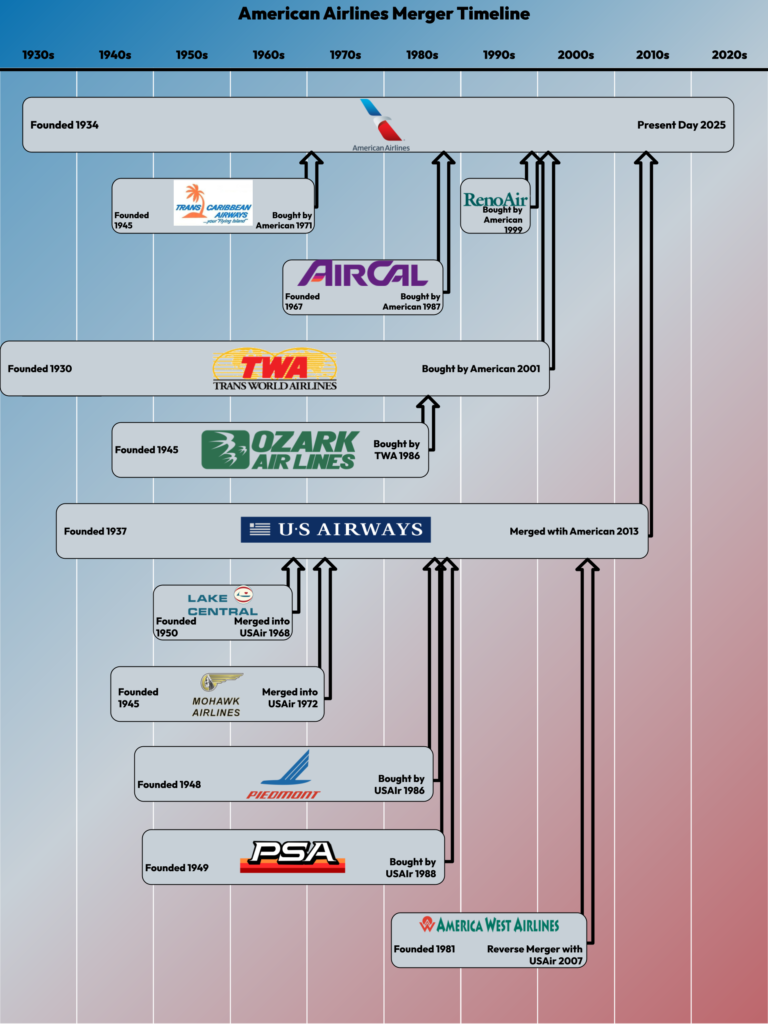
A diagram showing the major airlines that have merged to become American Airlines.
Early History of American Airlines
American started back at the beginning of aviation in the United States as a collection of over 80 separate airmail carriers, including notable carriers Robertson Aircraft, whose chief pilot was Charles Lindbergh, and Colonial Air Transport. These carriers were amalgamated together under a new company, the Aviation Corporation, which was an airmail and manufacturing holding company.
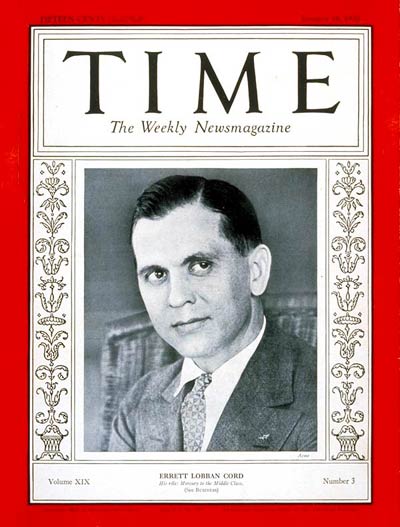
However, the company would not last long as a result of the Air Mail Act of 1930, which led to the Spoils Conference where the government effectively let larger airlines take all of the airmail routes for themselves. As a result, an updated Air Mail act was passed in 1934, with one of the major stipulations being that the companies that held aircraft manufacturing and airmail operations had to be broken up. Therefore, the airmail service was sold to E. L. Cord, a businessman who had founded the successful Auburn Automobile Company. Cord reincorporated the company, changed the name to American Airlines, and appointed C. R. Smith as president of the company.
After its formation, American Airlines would continue to grow, working with Donald Douglas to create the DC-3, an aircraft that would go on to supercharge the growth of the passenger and cargo aviation industry.
The First Major Acquisition: Trans Caribbean Airways
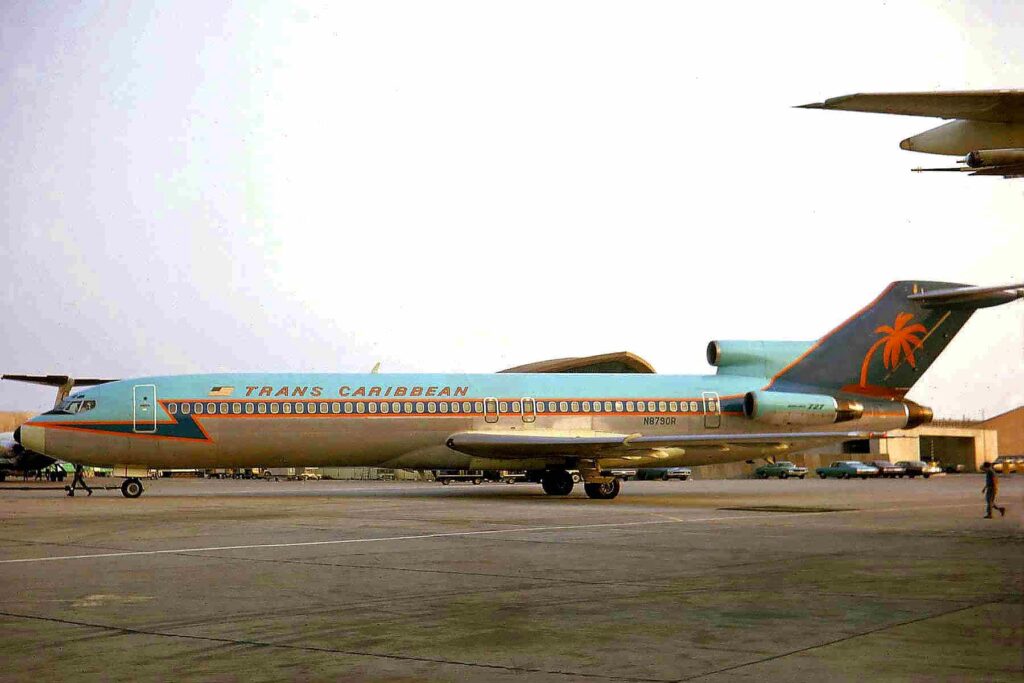
In 1971, the first major acquisition would occur with American Airlines buying Trans Caribbean Airways, an airline focused on transporting passengers from the United States’ East Coast down to warm Caribbean destinations. The airline had built up a fleet of several DC-8 and Boeing 727 aircraft before the acquisition. The purchase would mark a significant change for American, opening up a new market in the Caribbean, where American had previously had no service, and more importantly, would begin to shift American’s passenger strategy towards including leisure passengers. As the merger occurred during the age of strict airline regulation, President Richard Nixon had to sign off on the purchase.
Airline Deregulation, Air Cal, and Reno Air
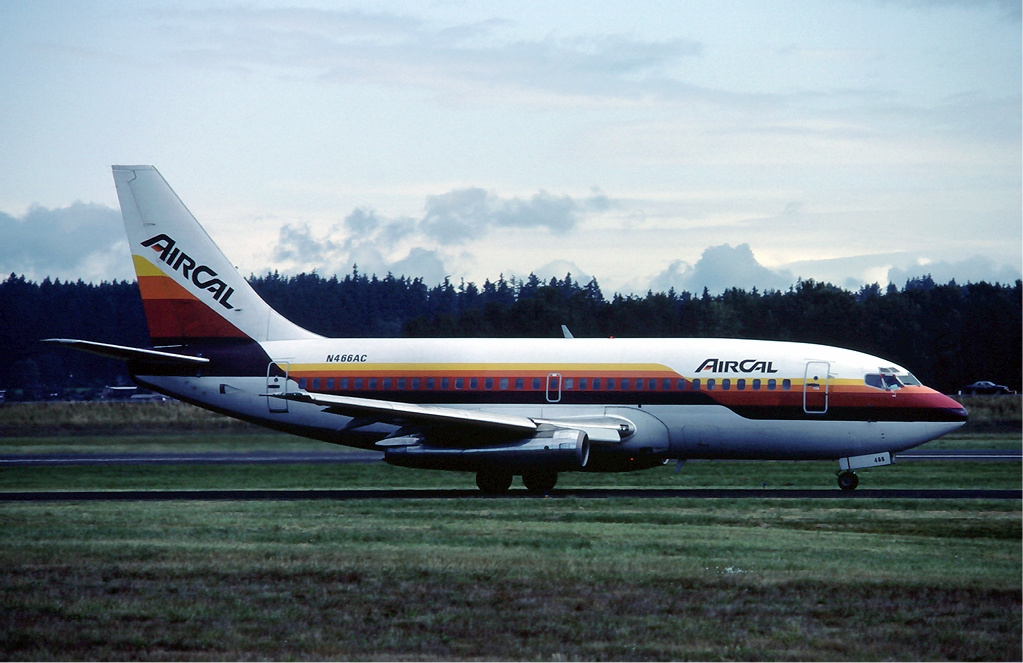
In 1978, the airline industry underwent a major change, with Congress passing the Airline Deregulation Act. Before this act, the industry was heavily regulated. The Civil Aeronautics Board would assign routes to airlines and set their prices and schedules. With deregulation, airlines became vulnerable to competition, as suddenly they had to compete openly with other airlines who could now operate the same routes they wanted to.
One of the airlines to be severely hit by deregulation was AirCal, an airline which, until Deregulation, flew exclusively within California. Founded in 1967, the airline benefited heavily from the strongly regulated aviation environment of California. The airline was awarded near exclusive use of John Wayne Airport in Orange County, which gave the airline a massive advantage, allowing a near monopoly in the Orange County market. Almost the entirety of the company’s profits came out of their John Wayne Airport base. However, with deregulation, the company lost the advantage it had with the airport and entered financial distress, eventually being bought out by American Airlines in 1987. At the time of acquisition, the airline was flying out of California to destinations as far away as Chicago, utilizing a fleet of 31 Boeing 737s and 6 British Aerospace 146s.
The next major acquisition would
